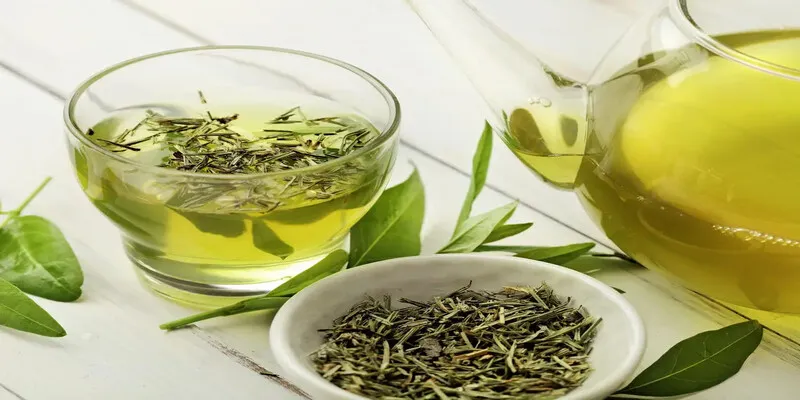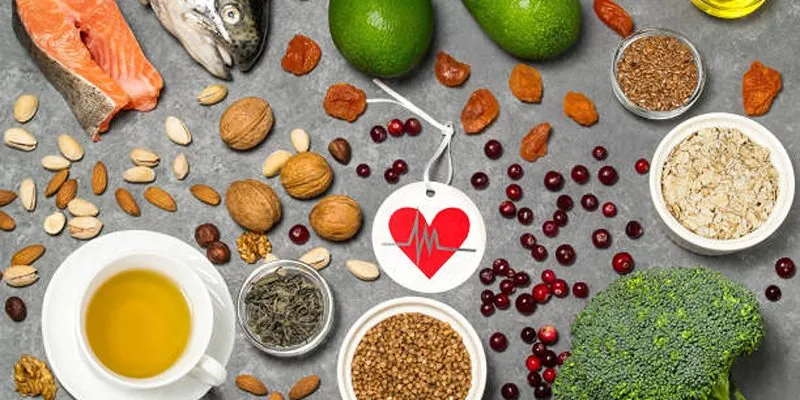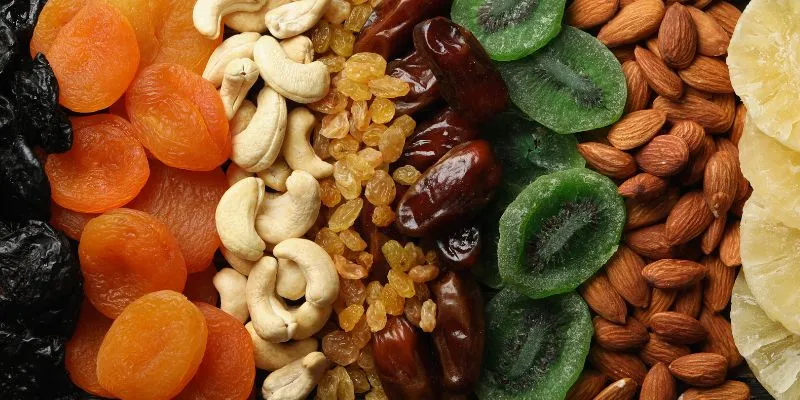Foods High in Phytic Acid
Have you heard about phytic acid? Often referred to as an anti-nutrient, this compound is found in many nutritious foods, including grains, nuts, and lentils. While phytic acid can hinder the absorption of essential minerals like calcium, zinc, and iron, it’s not all bad news. Phytic acid also offers remarkable health benefits, such as antioxidant properties that protect your cells from damage.
You can enjoy these nutrient-rich foods without sacrificing mineral absorption by varying your intake and using cooking methods like soaking and fermenting. This guide will explore foods high in phytic acid, their potential health impacts, and how to enjoy a balanced diet that meets your nutritional needs. Let’s delve into the world of phytic acid and see how it can fit into a healthy lifestyle!

Top Foods High in Phytic Acid
Here are some of the top foods high in phytic acid, along with their benefits and tips for enjoying them.
Whole Grains
Whole grains, such as barley, oats, wheat, and rice, are rich sources of phytic acid, particularly in their outer layers. This means brown rice and oats are higher in phytic acid compared to white rice or processed grains. Whole grains are excellent for their nutrients, vitamins, and fiber.
Nuts
Almonds, walnuts, cashews, and hazelnuts are quite abundant in phytic acid. Almonds and walnuts, in particular, are high in this compound. Phytic acid in nuts accounts for a significant portion of their phosphorus content. The healthy fats and proteins found in nuts are also beneficial, though their high phytic acid content can impact nutrient absorption.

Seeds
Seeds such as flaxseeds, pumpkin seeds, sunflower seeds, and chia seeds are another dietary category high in phytic acid, primarily in their outer layers. Seeds are excellent for adding healthy fats, fiber, and protein to your diet. However, consuming large amounts may reduce the absorption of certain minerals. It’s important to balance seeds with other nutrient-rich foods in your diet.
Legumes
Legumes, including lentils, beans, peas, and chickpeas, are common sources of phytic acid. For instance, black beans and kidney beans contain relatively high levels of this compound. While legumes are rich in fiber, protein, and essential minerals, they may interfere with mineral absorption. Cooking and soaking beans can reduce their phytic acid content, improving their nutritional availability.
Tofu and Other Soy Products
Soy foods like tofu, tempeh, and soybeans are high in phytic acid, which can be particularly relevant for vegans and vegetarians who rely on soy for protein. However, fermenting soy products like tempeh can lower phytic acid levels, making their nutrients more bioavailable and easier to absorb.
Tubers
Tubers, such as potatoes and sweet potatoes, contain some phytic acid, though levels are generally lower than in grains and seeds. If tubers make up a significant portion of your diet, the phytic acid content can accumulate. These root vegetables are rich in essential nutrients like vitamin C, potassium, and fiber. Cooking methods like boiling and roasting can help reduce phytic acid, and incorporating a variety of vegetables can counterbalance the phytic acid in tubers.
Corn and Corn-Based Products
Corn, including popcorn and cornmeal, contains varying levels of phytic acid. As a staple in many diets worldwide, corn offers certain vitamins and fibers, though its phytic acid content is notable. Traditional diets often soak or ferment corn to reduce phytic acid levels. Consuming corn in various forms can help offset its impact on nutrient absorption.
How to Manage Phytic Acid in Your Diet?
While phytic acid can affect nutrient absorption, there are ways to manage it. Here are some strategies:
- Soaking and Sprouting: Soak grains, beans, nuts, and seeds before cooking to lower phytic acid levels. Sprouting, or germination, also helps release additional nutrients.
- Fermenting Foods: Fermenting foods like soy and certain grains reduces phytic acid, making nutrients more accessible. Tempeh and miso are excellent fermented soy foods.
- Eating a Balanced Diet: Phytic acid primarily impacts those with restricted diets. Including a variety of foods ensures a broader nutrient intake.
- Pairing with Vitamin C: Vitamin C enhances iron absorption, counteracting the effects of phytic acid. Including citrus fruits or bell peppers in phytic acid-rich meals supports mineral intake.
- Cooking: Simple cooking methods like boiling can reduce phytic acid, making nutrients in legumes, potatoes, and other foods more available.
Benefits of Phytic Acid
Despite its reputation for reducing mineral absorption, phytic acid has several clear benefits:
- Antioxidant Properties: Phytic acid acts as an antioxidant, protecting cells from damage caused by free radicals. This protective action enhances overall health and may reduce the risk of chronic conditions like heart disease and diabetes.
- Blood Sugar Control: Research suggests that phytic acid may help regulate blood sugar levels. Particularly beneficial for those with insulin resistance or diabetes, it can contribute to stable glucose levels by influencing carbohydrate metabolism.
- Possible Cancer Protection: Some studies propose that phytic acid may have cancer-preventive effects. Its antioxidant properties could help neutralize harmful free radicals involved in cancer development. Although more research is needed to fully understand this potential, its antioxidant action is promising.
Conclusion:
In conclusion, phytic acid is present in many nutritious foods like grains, nuts, and legumes. While it may reduce the absorption of certain minerals, it also provides significant health benefits, including potential cancer prevention and antioxidant properties. Cooking methods can help you maximize phytic acid’s benefits while minimizing its drawbacks. A well-balanced diet that includes a variety of foods will help meet your nutritional needs without compromising health. Understanding the function of phytic acid in your diet enables you to make informed choices that promote overall well-being.










